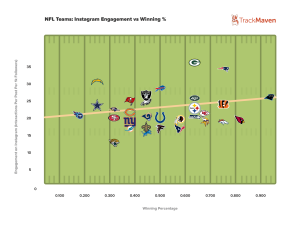March 27, 2016
March 27, 2016Having cash on hand is an inherent part of doing business, but it also requires that business owners take proactive steps to make sure that all activity related to cash handling is accounted for and properly protected. Here are five steps toward safer cash management.
- Establish processes for keeping employees accountable. Cash management starts with the formal money-handling processes your business has in place — to keep employees accountable and safe, and your business assets protected. Designate a limited number of employees who are authorized in cash-handling responsibilities; and conduct the appropriate background checks on them before they are authorized to manage cash.Train the employees who you do authorize to manage cash adequately — and often. At minimum, your formal processes and procedures should define how employees are to receive, document and store cash on hand, and when and how cash deposits are to be made in a temporary safe you may have on site and with your financial institution. Document who in your business (if anyone) is authorized to access cash on hand (for small petty cash expenses) and how those withdrawals are to be documented. Determine how discrepancies in cash register drawers will be handled, how an employee is to report it, and the process for investigating missing cash.
- Deter theft with the appropriate visual cues. Post signage in your store that lets the public know you keep a minimum amount of cash on hand. State that employees do not have access to safes, and that employees can only accept bills in certain denominations — to deter criminal activity. Invest in alarms and security cameras that protect employees from potential criminals, and mitigate the likelihood of internal theft. One study conducted by a team of criminal justice researchers revealed that the mere presence of an alarm at a potential burglary site was enough to deter more than 60 percent of thieves.
- Empower employees to be aware of potential danger. Train employees to welcome everyone who enters your business with a warm greeting and eye contact. In the same study of past thieves noted above, researchers found that male burglars in particular had a tendency to investigate potential robbery sites in advance to gain a sense for the level of security, theft opportunity, and patterns of the people involved in the home or business they had considered robbing. Educate your staff to be proactive in reporting any activity they find suspicious.
- Require employees to work in teams. Counting cash register drawers throughout the sales day can help eliminate the chances that cash drawers are inaccurate at the close of business, but it’s important to establish procedures for when, where and how drawers are to be counted during business hours. If your processes include mid-day cash register counts, for example, make sure that employees do so in a secure location that customers can’t see. Train employees who are authorized to handle cash to work in teams to verify their recorded cash counts are accurate. Require them to make trips to the bank in pairs at unpredictable times of the day, to reduce the odds of theft.
- Prepare for the unexpected. Assuming your business is protected adequately by insurance, you may be covered for unexpected events including theft and natural disasters. Though proving the amount of cash held on hand (and potentially destroyed) at the time of such an incident might be difficult. Protect yourself from the unexpected by planning for the worst-case scenario, in advance. A basic fire safe deposit box can make sure that cash remains secure, despite what Mother Nature may have in store. Likewise, a smart safe (that allows employees to input cash without having to open the safe) immediately protects large bills that may be received, until a formal bank deposit takes place.
(64)








